Leading market players are investing heavily in research and development to expand their product lines, which will help the electric bus charging infrastructure market grow even more. Market participants are also undertaking various strategic activities to expand their global footprint, with important market developments including new product launches, contractual agreements, mergers and acquisitions, higher investments, and collaboration with other organizations. The electric bus charging infrastructure industry must offer cost-effective items to expand and survive in a more competitive and rising market climate.
Manufacturing locally to minimize operational costs is one of the key business tactics manufacturers use in the global Electric Bus Charging Infrastructure industry to benefit clients and increase the market sector. In recent years, the Electric Bus Charging Infrastructure industry has offered some of the most significant advantages to the automotive industry.
Major players in the Electric Bus Charging Infrastructure Market, including Siemens AG (Germany), SCHUNK Group (Germany), ABB (Switzerland), Bombardier Inc (Canada), Kempower OY (US), Daimler AG (Germany), Proterra (US), ChargePoint, Inc (US), EFACEC (Portugal), Shijiazhuang Tonhe Electronics Technologies Co., Ltd (China), Kehua Hengsheng Co., Ltd (China), XCharge Inc (Germany), Alpitronic GmbH (Italy), JEMA ENERGY (Spain), Ekoenergetyka (Poland)., and others, are attempting to increase market demand by investing in research and development operations.
ABB is a technology leader in electrification and automation, enabling a more sustainable and resource-efficient future. The company's solutions connect engineering know-how and software to optimize how things are manufactured, moved, powered, and operated.ABB's ~105,000 employees are committed to driving innovations that accelerate industrial transformation.ABB partnered with Basel as a partner for Switzerland's largest infrastructure projects. Basel selected ABB's charging technology for sustainable e-bus operations during the forecast period. The contract is part of Basel Public Transport's (BVB) efforts to convert its entire bus fleet to battery-electric operations.
Custom Bus is an Australian bus-body building, having produced its first vehicle in 1955. Custom has a reputation for producing sophisticated city buses for government and route services, designed for a 25-year life cycle. Products range between the CB80 low-floor city bus and the SB50 school bus products (12.5m, midi, front/rear engine, articulated, cargo variants). Custom Denning, one of Australia's leading bus manufacturers, selected Siemens AG's electric bus Charging stations and digital depot management solution for its fleet of fully Australian-designed and built Element electric buses.
These charging stations will help the bus manufacturer prototype electric buses and will be available for future e-Bus orders from its customers.


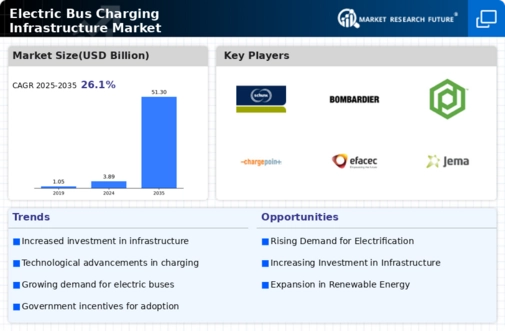
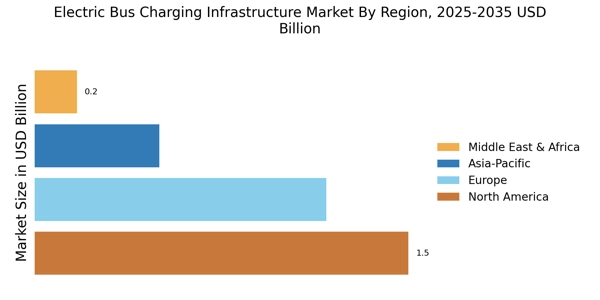
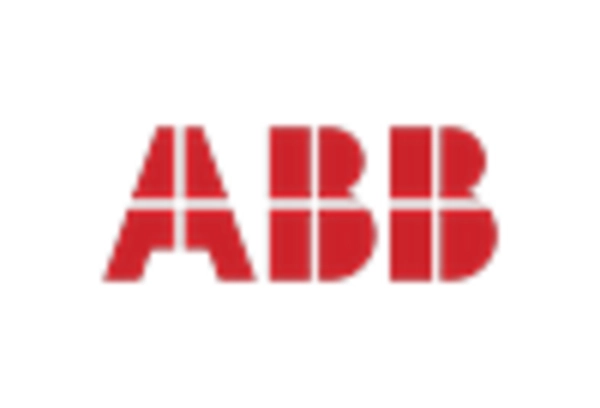

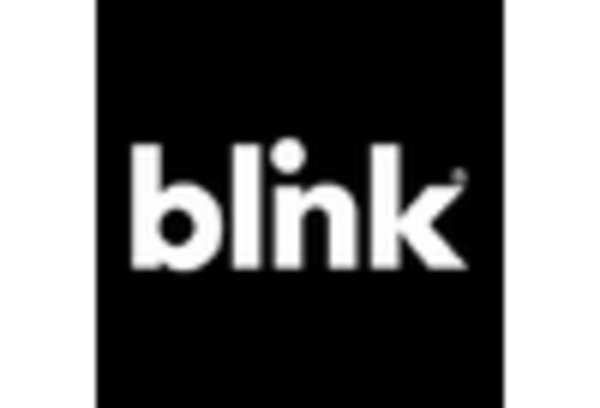
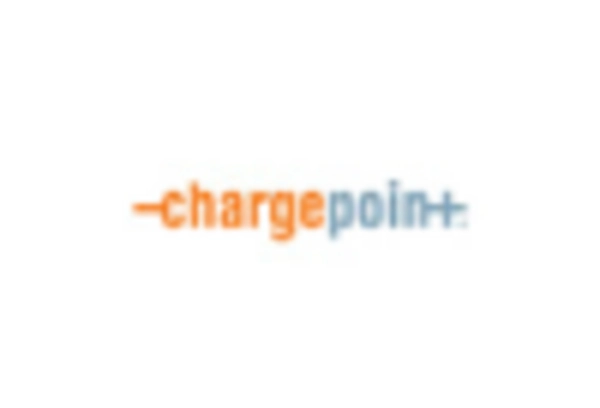










Leave a Comment